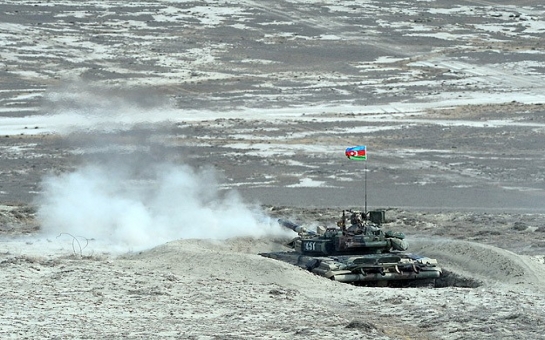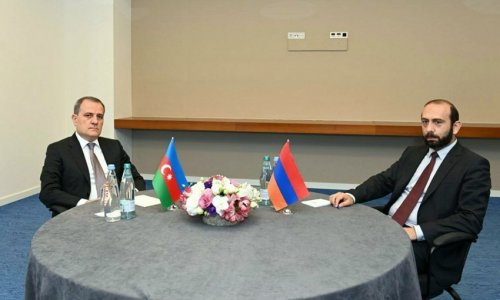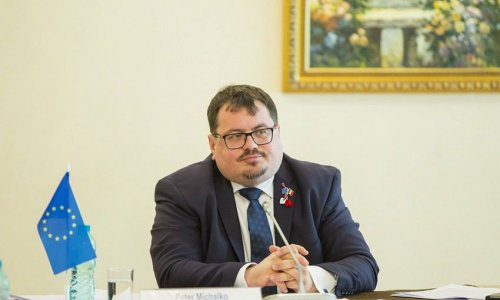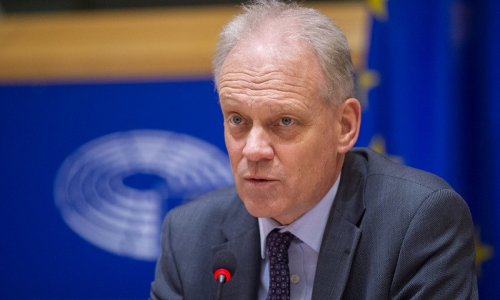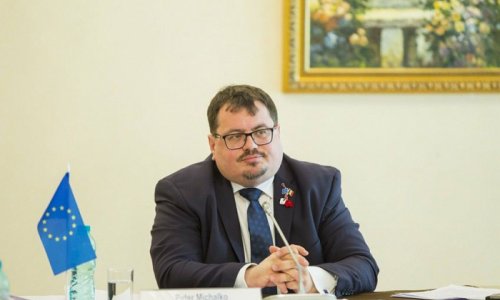By Dennis Sammut
Last week two events happened, thousands of miles apart from each other, but both related to the situation around the Nagorno-Karabakh conflict. In their own way they represented the extreme opposite ends of where the situation around the conflict and its settlement is going, or can go. They reflected the two sides of the same coin.
On 11 November, at the University of Oxford, dozens of diplomats, academics, NGO activists and others gathered to discuss the Karabakh conflict and its resolution. In itself there was nothing remarkable about this meeting. Many such meetings have taken place in the two decades since a precarious cease fire halted hostilities between Armenians and Azerbaijanis in what was then considered a remote part of the post-Soviet space. Yet the Oxford Conference was significant in many ways.
First it brought together people from all the elements within the various Armenian and Azerbaijani stakeholders - the governments, those that oppose them, people from the self-declared Nagorno-Karabakh Republic, and those who think that this Republic should not exist at all and believe instead a solution based on reconciliation of two communities amongst others. They were joined by NGO representatives both local and European. The presence throughout the whole proceedings of the European Union Special Representative for the South Caucasus, Ambassader Herbet Salber, and diplomats from Turkey and Russia offered an important international dimension to the meeting.
The second characteristic of the meeting was the dignified way in which participants contributed to the vibrant discussion. The idyllic surroundings of Oxford University helped, as did the symbolism of the fact that the event was held on Remembrance Day - the day when in Britain those fallen in war are commemorated. A two minute silence in honour of those who died in conflict was observed at the start of the meeting. Three Oxford Professors, Dan Healey, Roy Allison and Neil Macfarlane helped to give the meeting academic substance. But what was most striking was the dignity and lucidity with which Ambassador Khazar Ibrahim (Azerbaijan's Head of Mission to NATO), Ara Margarian (from the Armenian Embassy in London), and others such as Richard Giragosian, Masis Mayilian, Avaz Hasanov and Orkhan Akbarov argued their cases, enabling participants to get a very good understanding of the arguments of all the sides.
The third important feature of the Oxford meeting was the great number of practical suggestions that came out from the presentations of both local and international participants. The expertise of Walter Kemp, Amanda Paul, Sabine Freizer, Craig Oliphant, Lawrence Broers and others helped bring out many interesting ideas on what can be done in the future. Practical ideas that are doable and that can be game-changers even in the current climate.
Participants left the Oxford meeting optimistic and energised. Few however had been able to reach their homes before the news of the second event started coming through.
On Wednesday 12 November it was reported that Azerbaijan had shot down an Armenian military helicopter killing the three pilots. Azerbaijan says its troops were responding to an attack; Armenia says that the helicopter was only participating in military exercises. The incident happened on the line of contact that separates thousands of soldiers from the two sides who are dug-in, in trenches, in a manner not dissimilar to World War I. This incident is very serious because it represents an escalation in the low intensity fighting that has been occurring in the last two decades. This has never been a frozen conflict, despite the 1994 cease fire, yet this was the first time an aircraft was shot down. Mutual recrimination has followed since. Armenia has promised reprisals, and daily cease-fire violations continue.
The helicopter incident is the latest in the serious of military actions that constitute a serious threat to peace in the South Caucasus. Many argue that the status quo is unsustainable and it is only a question of when, not if, a new war will start. In the meantime, the efforts of the international community to unblock the impasse in the peace negotiations have so far failed. The sides blame each other. Some also blame the mechanism itself (the OSCE Minsk process); others the failure of the sides to muster enough political will to embark on a serious peace process; and others still the geo political situation. Fine arguments can be made for and against all these possibilities, as indeed was done at the Oxford meeting. For the three pilots killed the day after, as indeed for all the other Armenians and Azerbaijanis that have died or suffered in this conflict, this is not an academic discussion but a cruel reality.
Both the Oxford Conference and the helicopter incident are part of the Nagorno-Karabakh reality - the two sides of the same coin. One representing the rational and peaceful approach that seeks to find a solution through discussion and mutual understanding; the other that sees hope only in force and violence.
For many it feels as if the Karabakh coin has been tossed in the air. Everybody has been waiting for years to see which side the coin will fall on. Who will win the toss, peace through dialogue or war?
It need not be like this, for this is too important to be left to chance. A peaceful solution to the Nagorno-Karabakh conflict is possible and that is what everybody needs to remain focused on.
Dennis Sammut is the Director of LINKS and is currently based at Oxford University. He may be contacted at [email protected]/* */(http://commonspace.eu/)

